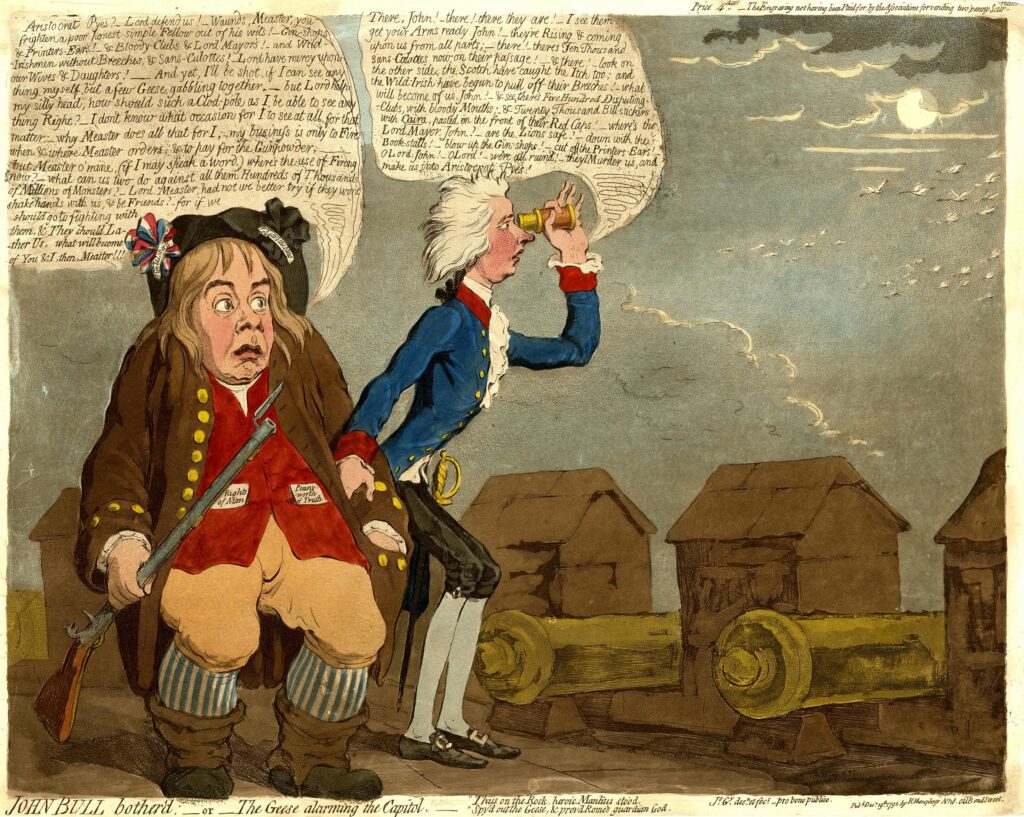In Students for Fair Admissions v Harvard (2022), the Supreme Court prohibited affirmative action on the basis of theories about race in America, the Fourteenth Amendment, its own proper role and authority, and its power over other institutions (such as universities) that I strongly contest.
Those are the most important issues. However, the Court also adopts a problematic view of education that deserves attention. In essence, the majority sees education as a consumer good that benefits the students who purchase it, not as a public good that can be designed to benefit the society. Both Chief Justice Roberts’ decision and Justice Thomas’ concurring opinion explicitly name college admissions as “zero sum,” since “a benefit provided to some applicants but not to others necessarily advantages the former at the expense of the latter.”
Many people share this assumption. To a significant extent, US colleges and universities act accordingly: they provide experiences and degrees as scarce consumer goods with tangible–generally economic–benefits for the individuals who purchase them (Levine 2023). But this is an impoverished view, and the Court’s ruling reinforces it.
Chief Justice Roberts writes that the Fourteenth Amendment bans consideration of race in the provision of all goods and services by public and private entities. “Eliminating racial discrimination means eliminating all of it. … Any exceptions to the Equal Protection Clause’s guarantee must survive a daunting two-step examination known as ‘strict scrutiny.'” Under this test, any policy that considers race at all must be strictly measurable so that a court can determine whether it is necessary and effective for achieving a constitutionally appropriate end. “For example, courts can discern whether the temporary racial segregation of inmates will prevent harm to those in the prison.”
The defendants in Students for Fair Admissions (Harvard and UNC) had asserted that their affirmative action policies were necessary for important public goals:
Harvard identifies the following educational benefits that it is pursuing: (1) “training future leaders in the public and private sectors”; (2) preparing graduates to “adapt to an increasingly pluralistic society”; (3) “better educating its students through diversity”; and (4) “producing new knowledge stemming from diverse outlooks.” … . UNC points to similar benefits, namely, “(1) promoting the robust exchange of ideas; (2) broadening and refining understanding; (3) fostering innovation and problem-solving; (4) preparing engaged and productive citizens and leaders; and enhancing appreciation, respect, and empathy, cross-racial understanding, and breaking down stereotypes.”
Roberts replies:
Although these are commendable goals, they are not sufficiently coherent for purposes of strict scrutiny. At the outset, it is unclear how courts are supposed to measure any of these goals. How is a court to know whether leaders have been adequately “train[ed]”; whether the exchange of ideas is “robust”; or whether “new knowledge” is being developed? Even if these goals could somehow be measured, moreover, how is a court to know when they have been reached, and when the perilous remedy of racial preferences may cease? There is no particular point at which there exists sufficient “innovation and problem solving,” or students who are appropriately “engaged and productive.”
Roberts acknowledges that a court can determine at trial whether it is necessary to segregate incarcerated people by race, “but the question whether a particular mix of minority students produces ‘engaged and productive citizens’ or effectively ‘train[s] future leaders’ is standardless.”
In her dissent, Justice Sotomayor argues that the “measurability” criterion is an innovation, not based on precedents. The court has accepted other goals that are not particularly measurable. In any case, we can measure whether students have been prepared for leadership, whether they are empathetic and knowledgable, and whether campus discussions are robust. We can also investigate the effect of any given policy, such as affirmative action, on such outcomes. There are large literatures on these topics. For instance, Bowen and Bok (1998) found positive effects, and their work has been cited 3,900 times.
But policies are not like chemical compounds that can be tested in randomized experiments and predicted to work consistently when mass-produced. Outcomes depend on the context, the participants’ motivations and preparation, the degree to which people undermine or distort the goals, and the evolution of relevant practices. For example, college admissions are managed by admissions officers who are selected, trained, provided with rubrics and other tools, and assessed–and those efforts can go well or badly. Meanwhile, applicants pursue their own interests, and at least some may try to “game” any system.
Thus the effects of affirmative action on outcomes like empathy or leadership will always be a bit ambiguous and subject to change. Besides, affirmative action is a very modest tweak to a system of intense competition for scarce economic advantage that could be reformed in much deeper ways. As such, it will never solve the problems it purports to address. As Roberts says, “There is no particular point at which there exists sufficient ‘innovation and problem solving,’ or students who are appropriately ‘engaged and productive.’”
But the Court says: You cannot try. Outcomes like leadership and empathy may be “commendable,” but they are too contingent and open-ended to be taken seriously in a court. Let’s face it, Roberts says, the real purpose of higher education is to sell individual consumers the services they prefer, and discrimination is illegal in any consumer marketplace. Colleges may claim that they are helping to build “an increasingly pluralistic society” or “preparing engaged and productive citizens and leaders” (and that is how they may justify their tax-exempt status, their public subsidies, and their fundraising), but they are not really in that business.
In her dissent, Justice Jackson commends UNC for considering racial diversity in its admissions process as a way of building a more equal society. “Once trained, those UNC students who have thrived in the university’s diverse learning environment are well equipped to make lasting contributions in a variety of realms and with a variety of colleagues, which, in turn, will steadily decrease the salience of race for future generations.” The Court forbids that approach. We are not allowed to try to make it work; we must immediately cease.
The decision does allow universities to consider “an applicant’s discussion of how race affected his or her life, be it through discrimination, inspiration, or otherwise.” Their account must be strictly individual. “A benefit to a student who overcame racial discrimination, for example, must be tied to that student’s courage and determination.” (Italics in the original.) As many have noted, this holding will encourage students of color to write application essays that may distort how they really think about their own identities and goals, and it will offer advantages for people who can afford coaching and expert advice to write essays that comply with the law.
I would add, again, that Roberts’ logic here is consumeristic. An applicant is treated as a potential consumer who might be more valuable to the institution than is evident from test scores and grades alone, and who should be allowed to mention race in making that case. It is impermissible, however, to ask whether the applicant’s demographic characteristics might help build a better community for everyone.
As Justice Jackson writes, it has become illegal to ask whether students will make “a meaningful contribution to the larger, collective, societal goal that the Equal Protection Clause embodies (its guarantee that the United States of America offers genuinely equal treatment to every person, regardless of race).”
Justice Sotomayor concludes her dissent:
Notwithstanding this Court’s actions, however, society’s progress toward equality cannot be permanently halted. Diversity is now a fundamental American value, housed in our varied and multicultural American community that only continues to grow. The pursuit of racial diversity will go on. …. Despite the Court’s unjustified exercise of power, the opinion today will serve only to highlight the Court’s own impotence in the face of an America whose cries for equality resound. As has been the case before in the history of American democracy, “the arc of the moral universe” will bend toward racial justice despite the Court’s efforts today to impede its progress.
We can only hope she is right.
Sources: Levine, Peter. “The Democratic Mission of Higher Education: A Review Essay.” Political Science Quarterly (2023); Bowen, William G., and Derek Bok. The shape of the river: Long-term consequences of considering race in college and university admissions. Princeton University Press, 1998.


